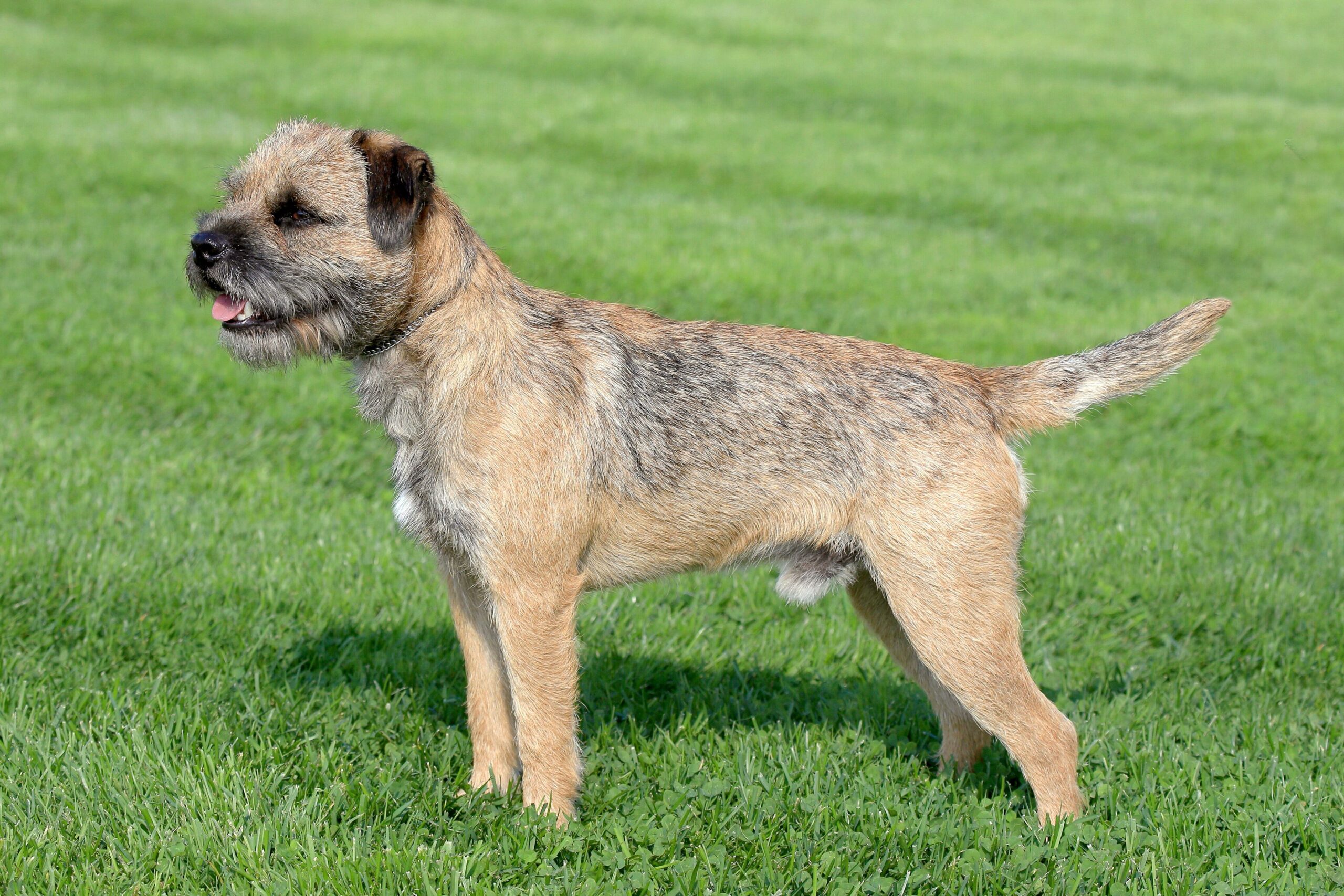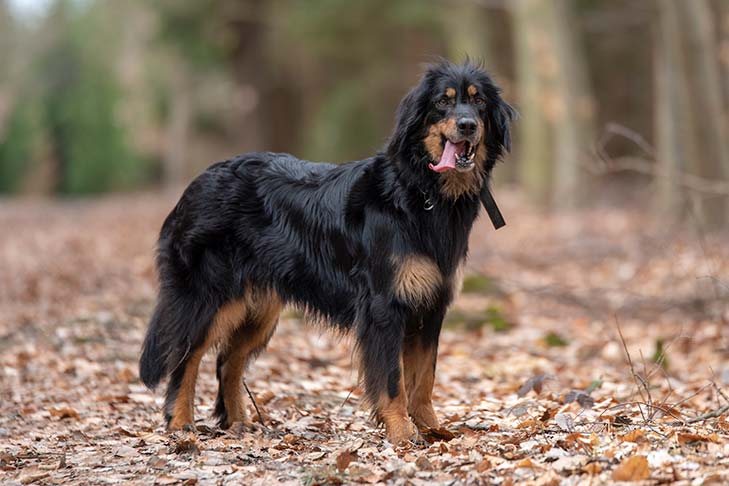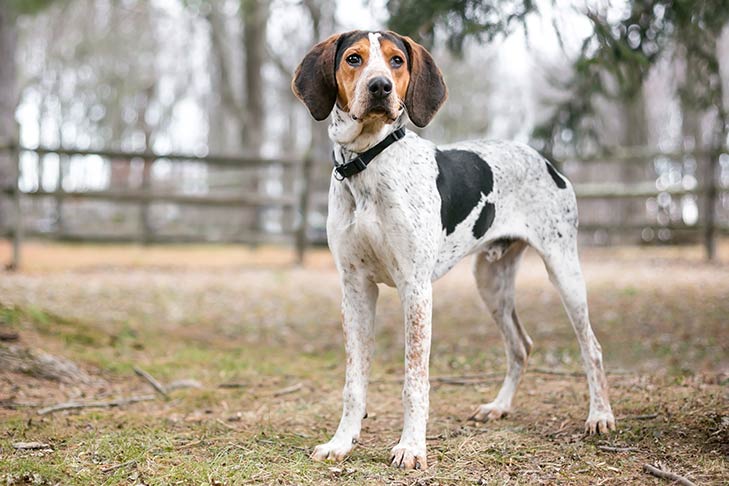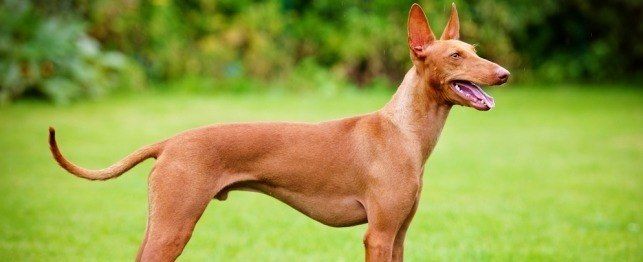Introduction
The Border Terrier is a small, sturdy breed of dog that was originally developed in the border region between England and Scotland. These dogs were traditionally used for hunting and vermin control but have since become popular as family pets due to their affectionate and lively nature. Border Terriers are known for their wiry, weather-resistant coat that can be tan, blue and tan, or grizzle and tan in color. They are highly trainable and excel in obedience, agility, and other canine sports. With proper socialization and training, Border Terriers make excellent companions for active families or individuals.
Border Terrier Temperament
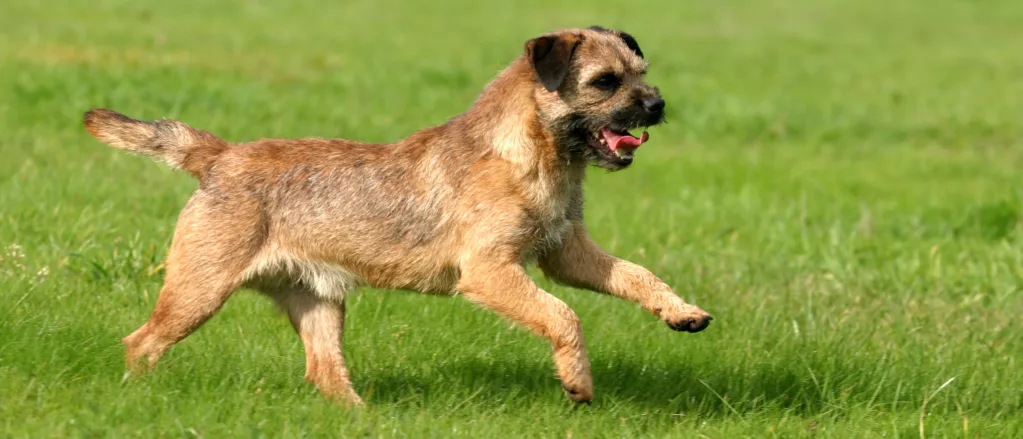
Border Terriers are known for their lively and affectionate personalities. They are highly intelligent, energetic, and playful dogs that thrive on human companionship. They are also known for being alert and courageous, which makes them excellent watchdogs. Additionally, Border Terriers are loyal and devoted to their families and tend to get along well with children and other pets. However, they can be stubborn at times, so early socialization and training are crucial for establishing good behavior and obedience. Overall, Border Terriers make excellent companions for active families who are looking for an energetic and affectionate pet.
Aggression
Border Terriers are typically not aggressive, but like any other breed, they can exhibit aggressive behavior in certain situations, such as fear, territoriality, possessiveness, or protection of their family. To prevent aggressive behavior, socialization and early training are essential. Proper training and positive reinforcement can prevent territorial or possessive behavior.
Health and Lifespan of Border Terrier

The Border Terrier breed has a reported lifespan range of 12 to 15 years. However, it’s essential to note that a Border Terrier’s lifespan can be influenced by various factors, such as genetics, diet, exercise, and overall health. Providing your Border Terrier with proper care and regular veterinary checkups can help ensure a long and healthy life.
Food
To maintain the health and energy levels of small, active Border Terriers, a balanced diet is necessary. Opt for high-quality dog food specially formulated for small breeds, rich in protein, vitamins, and minerals. Consult with a veterinarian to determine the best food based on age, weight, and activity level. Additionally, monitor food intake to avoid obesity and provide regular exercise and playtime to promote overall well-being.
Training for Border Terrier
Training your Border Terrier is an important part of ensuring their overall health and well-being. These small and energetic dogs are highly trainable and enjoy learning new things. Here are some tips to help you train your Border Terrier:
- Start early: Begin training your Border Terrier when they are young, ideally between 8 and 12 weeks old. This is the ideal time for them to learn new behaviors and habits.
- Use positive reinforcement: Border Terriers respond well to positive reinforcement, such as treats, praise, and playtime. Use these rewards to reinforce good behavior and encourage your dog to repeat it.
- Be consistent: Consistency is key when training your Border Terrier. Use the same commands and cues each time you train, and make sure all family members are on the same page.
- Keep it fun: Border Terriers have short attention spans and can become bored easily, so it’s important to keep training sessions fun and engaging.
- Socialize your dog: Socialization is important for all dogs, but especially for Border Terriers. Expose them to new people, places, and experiences to help them become well-adjusted and confident.
- Consider professional training: If you’re having difficulty training your Border Terrier, consider enlisting the help of a professional dog trainer. They can provide expert guidance and support to help you and your dog succeed.
With patience, consistency, and positive reinforcement, you can successfully train your Border Terrier and help them become a happy, well-behaved member of your family.
Conclusion
In conclusion, Border Terriers are small, active dogs that make great companions for individuals and families alike. They have a friendly and playful nature, and are highly trainable with the right approach. To ensure the health and well-being of your Border Terrier, provide them with a balanced diet, regular exercise, and opportunities for socialization. With proper care and attention, these lovable dogs can bring joy and companionship to their owners for many years to come.
